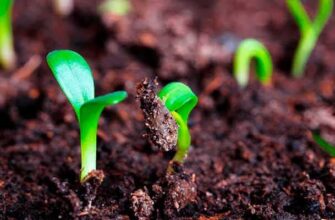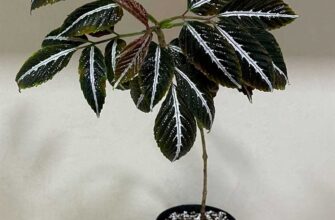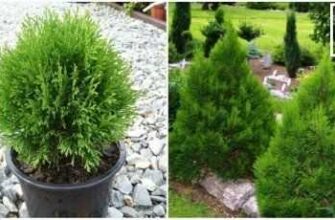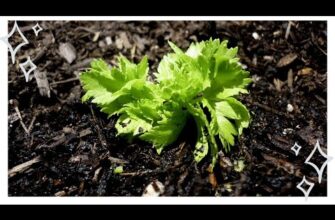- Почему листья рассады петунии скручиваются
- Причина 1: Недостаток освещения
- Причина 2: Неправильный полив
- Причина 3: Низкая температура
- Причина 4: Избыток или недостаток питательных веществ
- Причина 5: Неподходящий грунт
- Причина 6: Поражение вредителями
- Причина 7: Стрессовые условия
- Причина 8: Неправильное формирование рассады
- Способ спасения 1: Обеспечить достаточное освещение
- Способ спасения 2: Контролировать режим полива
- Вопрос-ответ:
- Почему на рассаде петунии скручиваются листья?
- Какая причина скручивания листьев на рассаде петунии самая распространенная?
- Может ли недостаток питательных веществ вызывать скручивание листьев на рассаде петунии?
- Может ли неправильное освещение вызывать скручивание листьев на рассаде петунии?
- Видео:
- SOS!!!ЧТО ДЕЛАТЬ,ЕСЛИ ПОЖЕЛТЕЛИ ЛИСТЬЯ У РАССАДЫ ПЕТУНИИ!
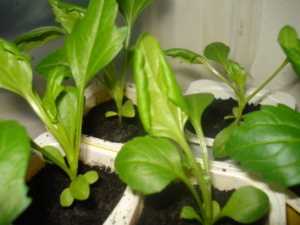
Петунии — это красивые и популярные цветы, которые часто выращиваются на рассаде. Однако, иногда у цветка возникают проблемы, и листья начинают скручиваться. Почему так происходит, и как можно спасти петунию?
Существует множество причин, по которым листья петунии могут скручиваться. Одной из наиболее распространенных причин является недостаток влаги. Если почва слишком сухая или слишком мокрая, растение может не получать необходимое количество воды, что приводит к скручиванию листьев.
Другой причиной может быть недостаток питательных веществ в почве. Если растение не получает достаточно питательных веществ, его листья могут начать скручиваться. В таком случае, необходимо внести удобрения, чтобы восстановить баланс питательных веществ в почве.
Еще одной причиной скручивания листьев может быть неправильное освещение. Петунии нуждаются в ярком, но diffused свете. Если растение получает слишком много солнечного света или наоборот, находится в тени, его листья могут скручиваться. Рекомендуется выбрать правильное место для растения, где оно будет получать достаточно света.
Также, скручивание листьев петунии может быть вызвано заболеваниями или вредителями. Например, афиды, трипсы или грибковые инфекции могут повредить растение и вызвать скручивание листьев. В таком случае, необходимо принять меры по борьбе с вредителями или лечению заболевания, чтобы спасти петунию.
Чтобы спасти петунию и предотвратить скручивание листьев, необходимо регулярно ухаживать за растением. Регулярно поливайте цветок, контролируйте уровень влажности почвы и вносите необходимые питательные вещества. Также, следите за освещением и защищайте растение от вредителей и заболеваний. Только так можно обеспечить здоровый и красивый вид петунии на рассаде.
Не стоит паниковать, если листья петунии начали скручиваться. Великое множество причин может привести к этому явлению, но в большинстве случаев проблему можно решить. Главное — своевременно обратить внимание на состояние растения и предпринять необходимые меры для его спасения.
Почему листья рассады петунии скручиваются

Листья рассады петунии могут скручиваться по нескольким причинам:
- Недостаток влаги. Если растение не получает достаточное количество влаги, его листья могут начать скручиваться в ответ на стресс.
- Переувлажнение. Слишком частое поливание может привести к переувлажнению почвы, что вызывает дефицит кислорода для корней и, в результате, скручивание листьев.
- Недостаток питательных веществ. Если почва не содержит достаточное количество необходимых питательных веществ, листья петунии могут стать слабыми и начать скручиваться.
- Недостаток света. Петунии требуют яркого освещения, поэтому недостаток света может привести к скручиванию листьев.
- Высокая или низкая температура. Крайние температуры могут вызывать стресс для растения и приводить к скручиванию его листьев.
- Атака вредителей. Наличие вредителей, таких как тля или клещи, может вызвать стресс и скручивание листьев петунии.
- Плохое качество почвы. Если почва имеет плохую структуру или недостаточное количество питательных веществ, листья петунии могут стать слабыми и скручиваться.
- Генетические особенности. Некоторые сорта петунии могут иметь склонность к скручиванию листьев изначально из-за своей генетики.
Если листья рассады петунии скручиваются, необходимо выяснить причину и предпринять меры для устранения проблемы. Это может включать коррекцию полива, обеспечение достаточного освещения и улучшение качества почвы.
Причина 1: Недостаток освещения
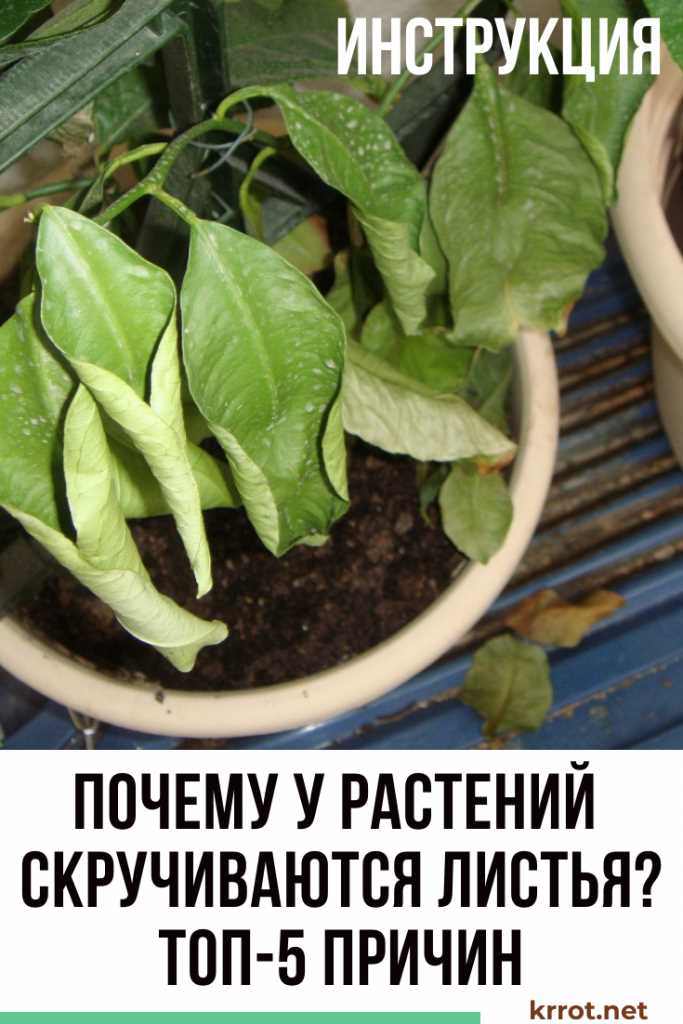
Одной из причин, почему листья петунии на рассаде скручиваются, может быть недостаток освещения. Цветок нуждается в достаточном количестве света для нормального развития. Если рассада петунии находится в недостаточно освещенном месте, листья могут начать скручиваться.
Недостаток освещения может быть вызван различными факторами, такими как неправильное расположение горшка с рассадой, недостаточное количество окон или их неправильное расположение относительно солнца и другие причины.
Чтобы исправить эту проблему, необходимо обеспечить цветку петунии достаточное количество света. Для этого можно переместить рассаду ближе к окну или использовать дополнительное искусственное освещение.
Причина 2: Неправильный полив

Неправильный полив может стать одной из причин, почему на рассаде петунии скручиваются листья. Чрезмерное или недостаточное количество воды может негативно сказаться на здоровье растения и привести к его перегрузке или обезвоживанию.
Для спасения цветка необходимо правильно организовать полив. Важно учитывать потребности петунии в влаге и поддерживать оптимальный режим полива. Регулярно следует проверять влажность почвы и поливать растение, когда верхний слой земли слегка подсохнет. При поливе следует избегать попадания воды на листья, так как это может вызвать их гниение или развитие грибковых инфекций.
Причина 3: Низкая температура
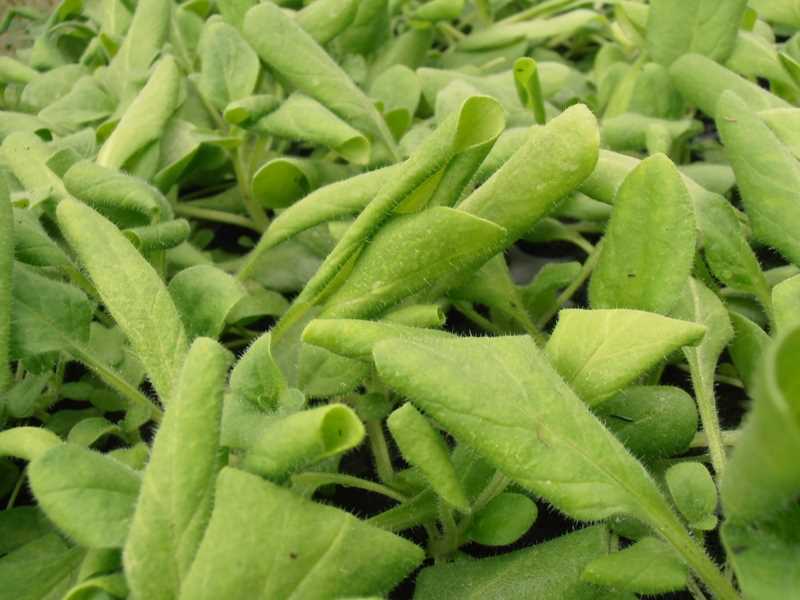
Почему на рассаде петунии скручиваются листья? Одной из причин может быть низкая температура. Цветок является теплолюбивым растением, и при низкой температуре воздуха его листья могут начать скручиваться. Это происходит из-за того, что низкая температура замедляет обмен веществ в растении, что приводит к нарушению процессов фотосинтеза и накоплению вредных веществ в клетках листьев.
Спасти цветок от скручивания листьев из-за низкой температуры можно следующими способами:
- Обеспечить растению комфортную температуру воздуха. Это можно сделать, разместив рассаду петунии в теплом и ярком месте. Если растение находится на улице, то следует укрыть его или перенести в теплое помещение во время холодных ночей.
- Использовать теплицу или парник. Это позволит создать идеальные условия для роста и развития растения, в том числе поддерживать оптимальную температуру.
- Избегать переувлажнения почвы. Влажная почва может усугубить проблему скручивания листьев. Регулярно проверяйте влажность почвы и поливайте растение только тогда, когда верхний слой почвы высохнет на 1-2 см.
Соблюдение данных рекомендаций поможет спасти рассаду петунии от скручивания листьев из-за низкой температуры и обеспечит ей оптимальные условия для роста и развития.
Причина 4: Избыток или недостаток питательных веществ
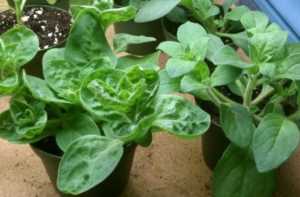
Избыток или недостаток питательных веществ может быть одной из причин, почему на рассаде петунии скручиваются листья.
Если цветок получает слишком много питательных веществ, это может привести к перегрузке его системы. Избыток азота, например, может вызвать излишний рост и развитие листвы, что приведет к скручиванию листьев. Также, избыток фосфора или калия может вызвать нарушение питательного баланса и привести к скручиванию листьев петунии.
С другой стороны, недостаток питательных веществ также может вызвать скручивание листьев. Если цветок не получает достаточно питания, его рост может замедлиться, а листья начнут скручиваться в попытке сохранить влагу и сохранить минимальные жизненные функции. Недостаток азота, фосфора или калия может быть одной из причин недостатка питательных веществ у петунии и приводить к скручиванию листьев.
Причина 5: Неподходящий грунт
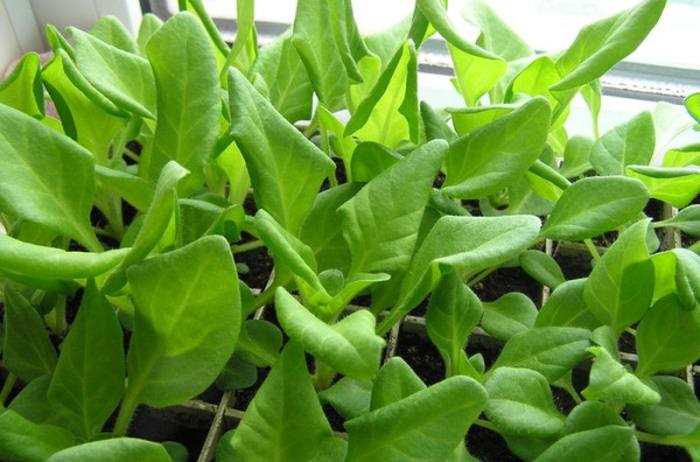
Одной из причин, почему листья на рассаде петунии скручиваются, может быть неподходящий грунт. Грунт должен иметь определенные свойства и состав, чтобы обеспечить хорошее развитие растения.
Так стоп!!! Вы всё ещё не подписаны на наши каналы в Телеграмм и Дзен? Посмотрите: ТГ - (@historyfantasydetectivechat) и Дзен (https://dzen.ru/myshortsstorys)
Если грунт слишком плотный или слишком сырой, корни петунии не смогут нормально развиваться и получать необходимые питательные вещества. В результате этого, листья начинают скручиваться и терять свою здоровую форму.
Чтобы спасти рассаду петунии от неподходящего грунта, необходимо выбрать правильный состав грунта для выращивания этого цветка. Лучше всего использовать специальные смеси для петуний, которые содержат необходимые компоненты и обеспечивают хорошую воздухопроницаемость.
Также важно следить за поливом рассады петунии. Неправильный полив может привести к переувлажнению или пересушиванию грунта, что негативно сказывается на развитии растения и может вызывать скручивание листьев. Регулярно проверяйте влажность грунта и поливайте рассаду в меру.
Причина 6: Поражение вредителями
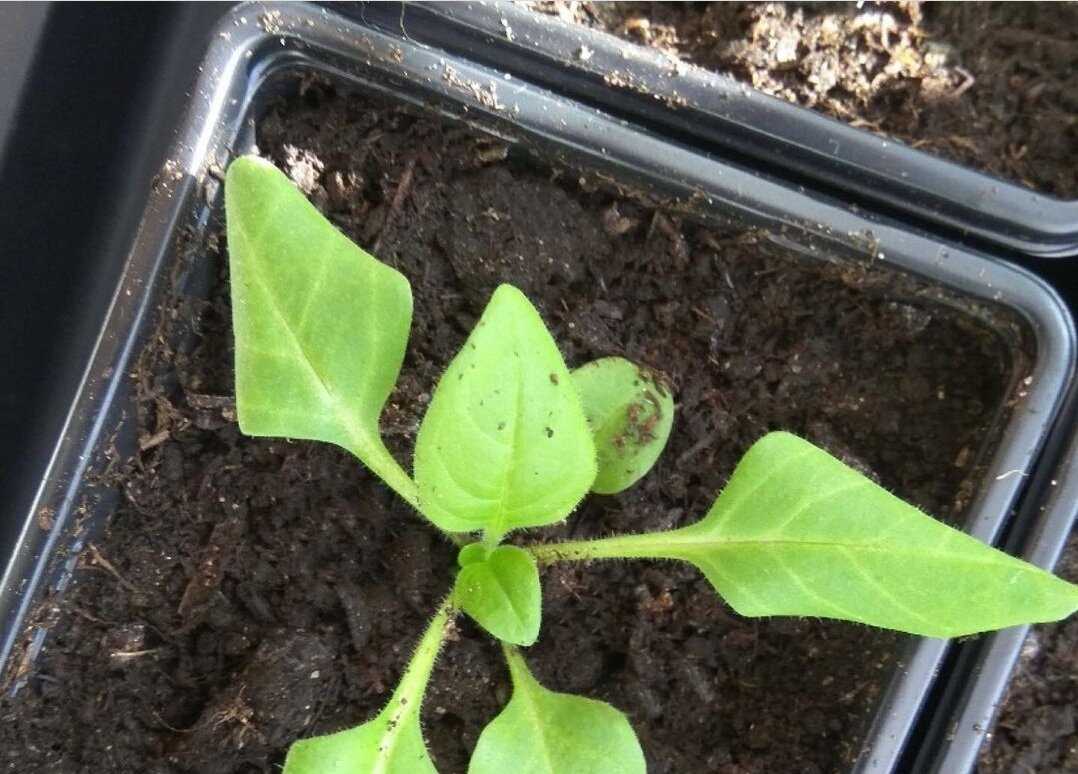
Еще одной причиной, почему листья на рассаде петунии скручиваются, может быть поражение вредителями. На цветке могут обнаружиться различные вредители, такие как тля, паутинный клещ, мучнистый червец и другие.
Вредители питаются соками растения, оставляя после себя следы в виде скрученных листьев. Они также могут оставлять на листьях пятна, следы паутины или покрытие воском.
Чтобы спасти цветок от вредителей, необходимо принять меры по борьбе с ними. Возможны различные методы, включая применение специальных инсектицидов или естественных средств, таких как настои чеснока или перца. Также полезно регулярно осматривать растение и удалять пораженные листья и насекомых вручную.
Причина 7: Стрессовые условия
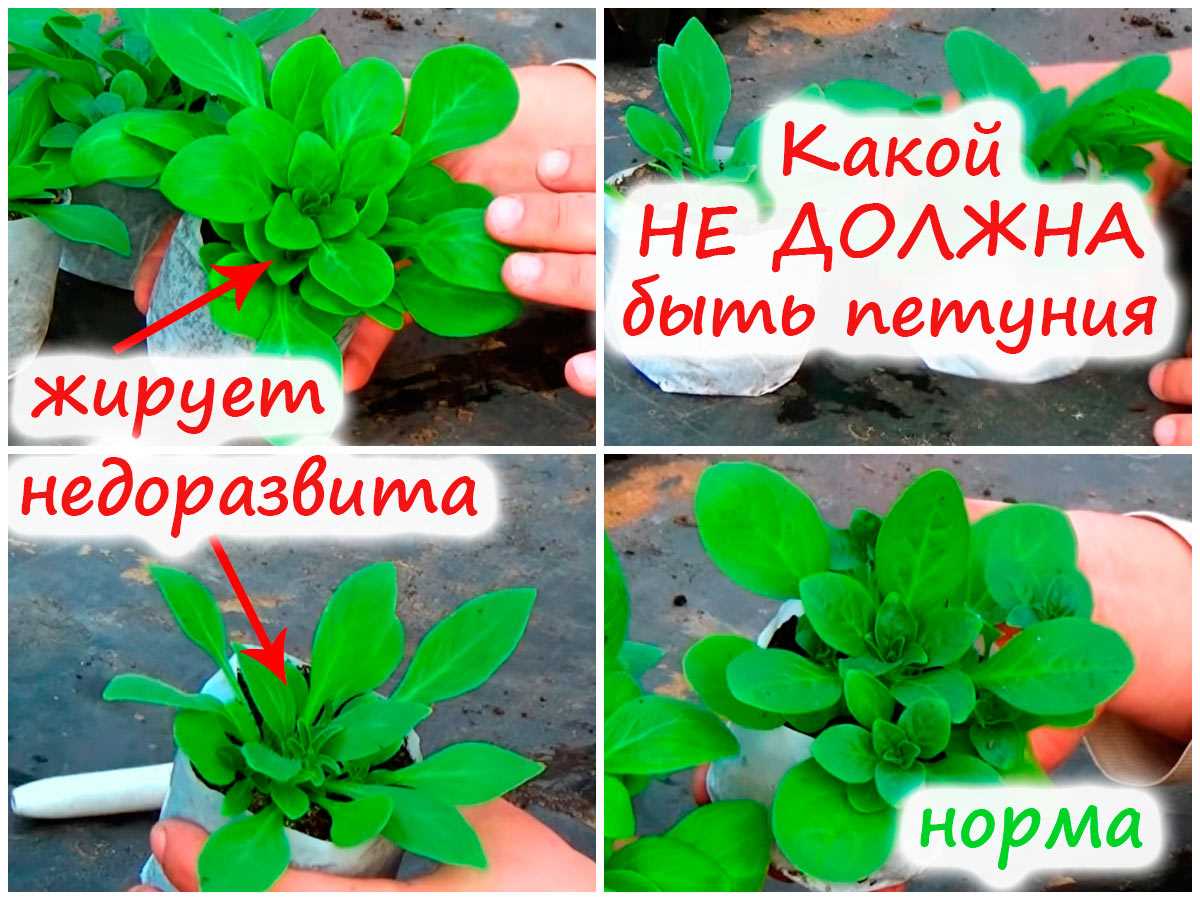
Стрессовые условия могут быть одной из причин, почему листья рассады петунии скручиваются. Когда растение находится под стрессом, оно может реагировать на это изменением формы и положения листьев.
Стрессовые условия могут включать в себя пересыхание почвы, недостаток или избыток питательных веществ, неправильный режим полива, низкую или высокую температуру, а также неподходящие условия освещения.
Чтобы спасти цветок от скручивания листьев из-за стресса, необходимо обеспечить растению оптимальные условия. Проверьте, достаточно ли влаги в почве и регулярно поливайте растение. Убедитесь, что петуния получает достаточно света, но избегайте прямого солнечного света в жаркие часы дня. Также обеспечьте растению необходимое количество питательных веществ, используя подходящие удобрения для петуний.
Причина 8: Неправильное формирование рассады
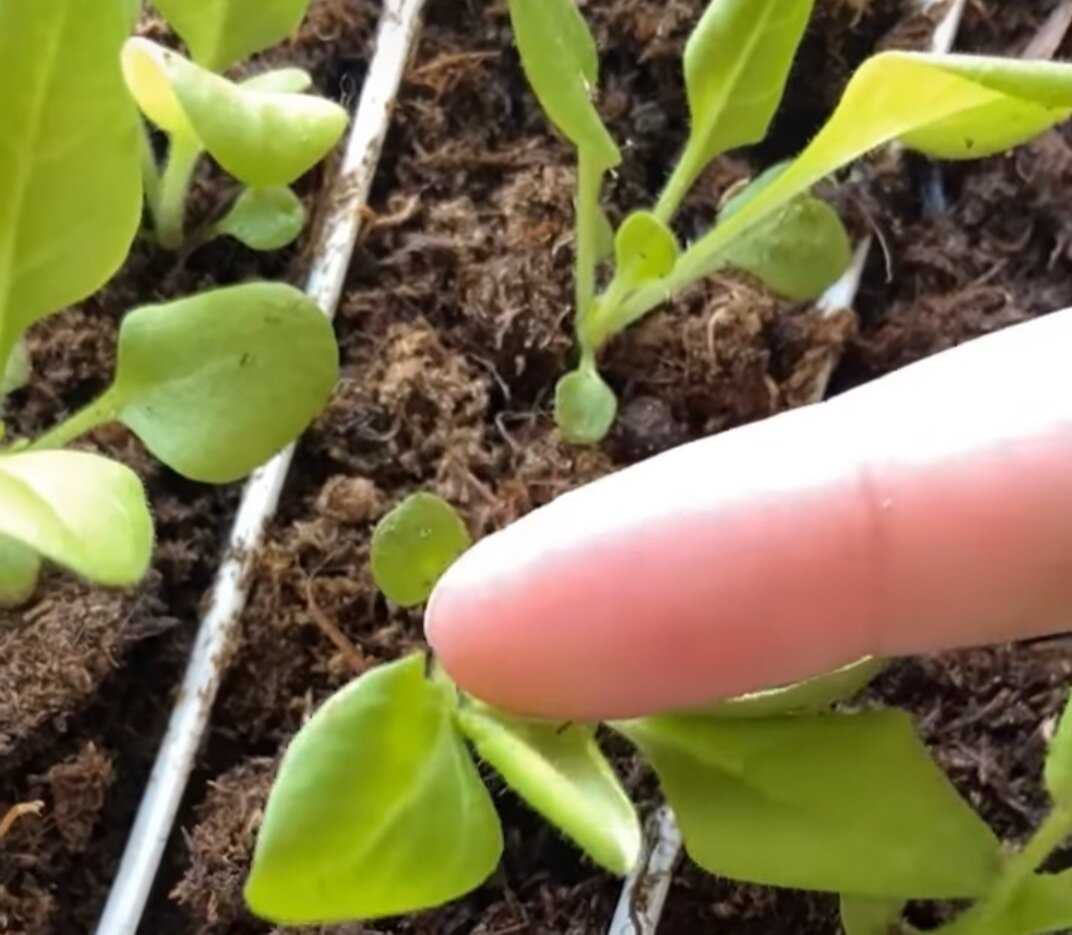
На рассаде петунии листья могут скручиваться из-за неправильного формирования рассады. Если растение не получает достаточно света или тепла, его листья начинают скручиваться, становиться побледнее и вытягиваться. Это происходит из-за того, что петуния пытается достичь источника света и тепла.
Чтобы спасти цветок, необходимо обеспечить ему оптимальные условия для роста и развития. Поставьте рассаду петунии на хорошо освещенное место, где она будет получать достаточно солнечного света. Также следите за температурой в помещении, где находится рассада — она должна быть не ниже 18 градусов. Если нужно, используйте дополнительное освещение или подогреватель для создания оптимальных условий.
Способ спасения 1: Обеспечить достаточное освещение
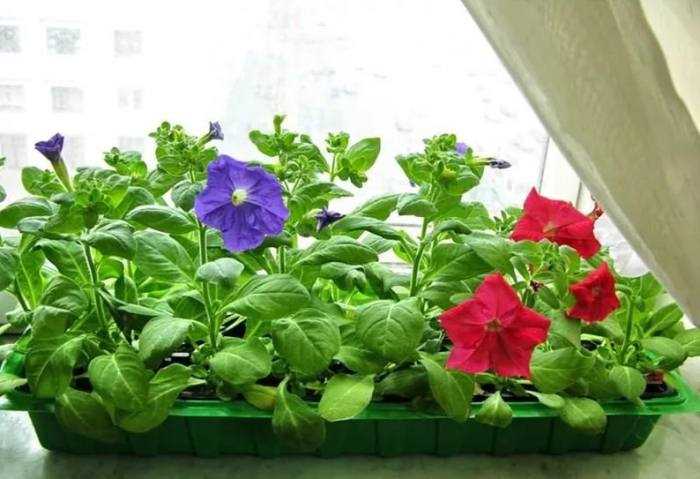
Одной из причин, почему на рассаде петунии скручиваются листья, может быть недостаточное освещение. Цветок нуждается в достаточном количестве света для нормального роста и развития. Если растение находится в тени или получает недостаточное количество света, то листья могут начать скручиваться.
Чтобы спасти петунию от скручивания листьев, необходимо обеспечить ей достаточное освещение. Разместите рассаду в месте, где она будет получать яркий, diffused свет. Можно использовать искусственное освещение, например, фитолампы, чтобы компенсировать недостаток естественного света.
Способ спасения 2: Контролировать режим полива
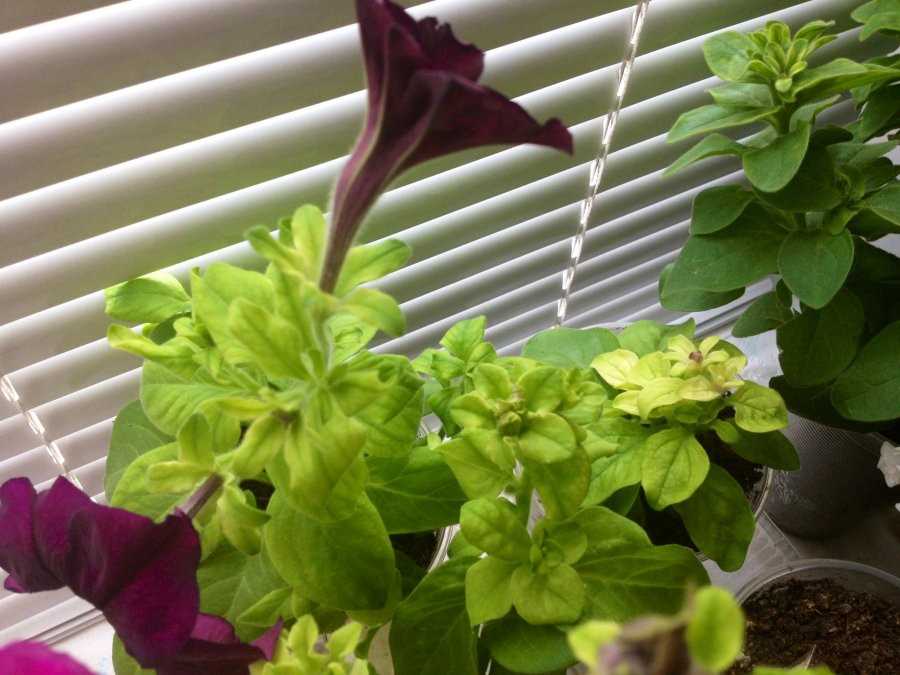
Одной из причин, почему листья петунии скручиваются, может быть неправильный режим полива. Цветок нуждается в достаточном количестве влаги, но также важно не переувлажнять почву.
Чтобы спасти цветок от скручивания листьев, необходимо контролировать режим полива. Петунии рекомендуется поливать умеренно, поддерживая почву во влажном состоянии, но избегая ее переувлажнения.
Ориентируйтесь на состояние почвы: если она высохла на глубине 2-3 см, значит, пора полить цветок. Однако не забывайте, что петунии более чувствительны к переувлажнению, поэтому излишнюю влагу нужно избегать.
Излишняя влага в почве может привести к развитию гнили и грибковых заболеваний, что негативно сказывается на здоровье растения и может вызвать скручивание листьев.
Кроме того, стоит обратить внимание на качество воды, которой поливается цветок. Петунии предпочитают мягкую воду, поэтому для полива лучше использовать отстоянную воду или дождевую воду.
Вопрос-ответ:
Почему на рассаде петунии скручиваются листья?
Скручивание листьев на рассаде петунии может быть вызвано несколькими причинами:
Какая причина скручивания листьев на рассаде петунии самая распространенная?
Самой распространенной причиной скручивания листьев на рассаде петунии является неправильный режим полива. Частое переувлажнение или пересушивание грунта может вызывать скручивание листьев.
Может ли недостаток питательных веществ вызывать скручивание листьев на рассаде петунии?
Да, недостаток определенных питательных веществ, таких как азот, фосфор, калий и микроэлементы, может вызывать скручивание листьев на рассаде петунии. Регулярное подкормление рассады специальным удобрением для цветущих растений может помочь решить эту проблему.
Может ли неправильное освещение вызывать скручивание листьев на рассаде петунии?
Да, неправильное освещение может быть одной из причин скручивания листьев на рассаде петунии. Если рассада не получает достаточного освещения или наоборот, она подвержена сильному прямому солнечному свету, это может привести к деформации листьев. Рекомендуется обеспечить рассаду регулярным и равномерным освещением, используя искусственное освещение при необходимости.


